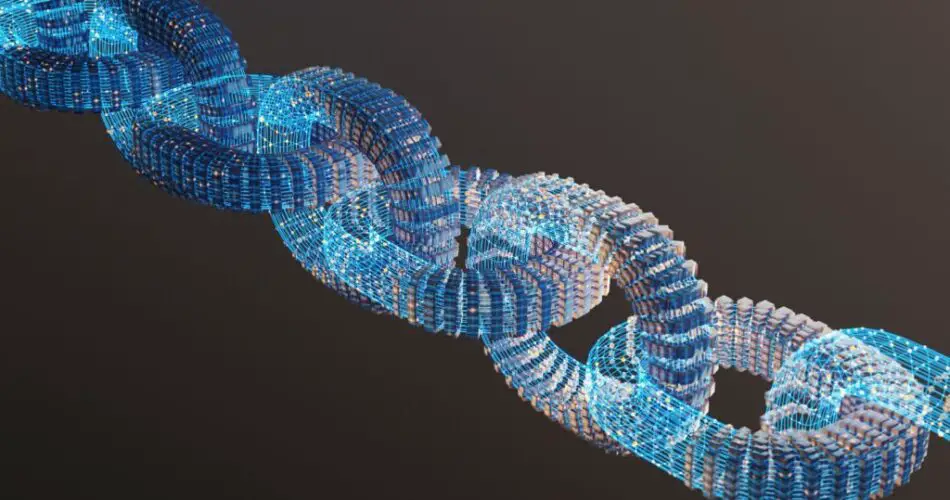How Do Crypto Mining Machines Work? Specialized mining machines powered by application-specific integrated circuits (ASICs) or graphics processing units (GPUs) provide the computing power necessary for cryptocurrency mining. But how do these complex systems operate to solve blockchain algorithms efficiently?
This guide provides an overview of the key hardware components, configurations, and functionality of modern crypto mining equipment responsible for blockchain verification. Understanding the technology powering miners enables more informed investments.
Mining Hardware Overview
While early miners used normal computer hardware, today’s systems utilize custom ASIC or GPU chips tailored to rapidly run cryptographic hashing algorithms needed for efficient mining. Top models also incorporate dedicated processors, substantial memory, and supplemental electronics. High processing capacity is required to have a chance of earning rewards against large mining pools.
Hashing Processors
The core component of any mining machine is the ASIC or GPU chip containing thousands of integrated circuits specifically architected to compute SHA-256, Scrypt, or other hash functions at extreme speeds. The faster these can run algorithms in parallel, the more computations the miner can perform per second for solving blockchain puzzles.
Proper Cooling Systems
Mining units produce substantial heat from processors functioning at high utilization continually. Without active cooling, performance and longevity suffer. Machines feature integrated fans and many utilize liquid cooling methods to maintain stable operating temperatures. Some miners leverage immersion or heat exchanger techniques for sustainable cooling.
Connectivity Requirements
Reliable hardwired Ethernet or WiFi connectivity ensures minimal network latency when communicating with mining pools and synchronizing local ledgers with blockchain updates. Connection lapses directly reduce hashing computations completed. Long-term stability is key for productivity.
Management Software
Programs like cgminer and TeamRedMiner allow remotely monitoring miners to check operating stats in real-time, configure settings, change pool affiliations, and update firmware. Centralized management helps optimize functioning across multiple rigs.
Power Supply Needs
Mining rigs require robust power connections and high-capacity PSUs to energize components drawing huge wattages. Efficient power supplies also convert excess generation into heat instead of electricity waste. Large installations may exceed megawatt demand.
Physical Security
As high-value targets, miners kept onsite require physical measures like camera systems, access control, and locked enclosures to deter theft. Ventilation considerations must also balance security.
Mining Pools
To smooth rewards, miners join pools using software that coordinates collective efforts. Pool managers assign work based on rig processing power and disburse shares of proceeds proportionally. Select pools using size, fees, payout rules, and reputation.
Conclusion on How Do Crypto Mining Machines Work
In summary, crypto mining machines rely on customized ASICs or GPUs to solve complex blockchain algorithms as efficiently as possible. Supporting hardware like advanced cooling, robust networking and power, and physical protections optimize computations. Managing pools further allows leveraging collective resources for steadier returns. The specialized equipment enables participants to actively mine new currency from home or in data centers profitably.
Key Takeaways
- Purpose-built ASICs and GPUs provide optimized processing for mining computations.
- Substantial active cooling is required to counter heat from extensive processing.
- Reliable connectivity and power components keep rigs running 24/7.
- Effective software and settings management improves performance.
- Physical security protects high-value equipment from theft and tampering.
- Mining with coordinated pools allows sharing resources and rewards.
FAQs on How Do Crypto Mining Machines Work
Q: What is the most powerful mining hardware today?
A: The latest Antminer and Whatsminer ASICs for Bitcoin mining offer the fastest hash rates while efficient GPUs like the RTX 3090 mine altcoins well.
Q: How long will mining hardware machines last?
A: Under constant use, 2-3 years is typical before efficiency declines enough to warrant replacement. Proper maintenance extends useful life.
Q: Can you mine without joining a pool?
A: Solo mining is possible but inconsistent. Joining a pooled mining cooperative smoothes out rewards and makes small-scale mining profitable.
Q: What are the maintenance needs for mining machines?
A: Periodic hardware cleaning, software and firmware updates, replacing failed fans or PSUs, keeping connections secure, monitoring operations.







